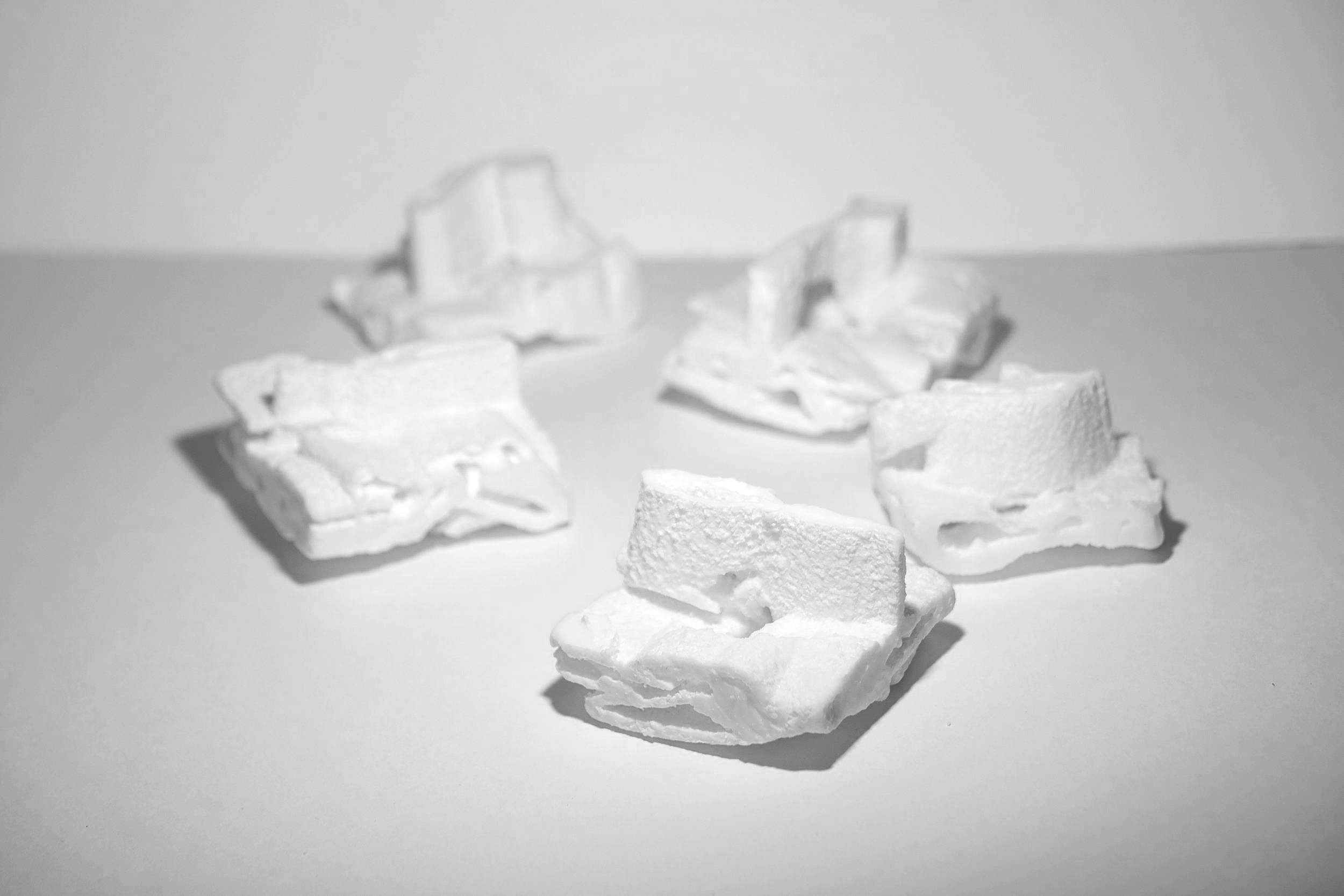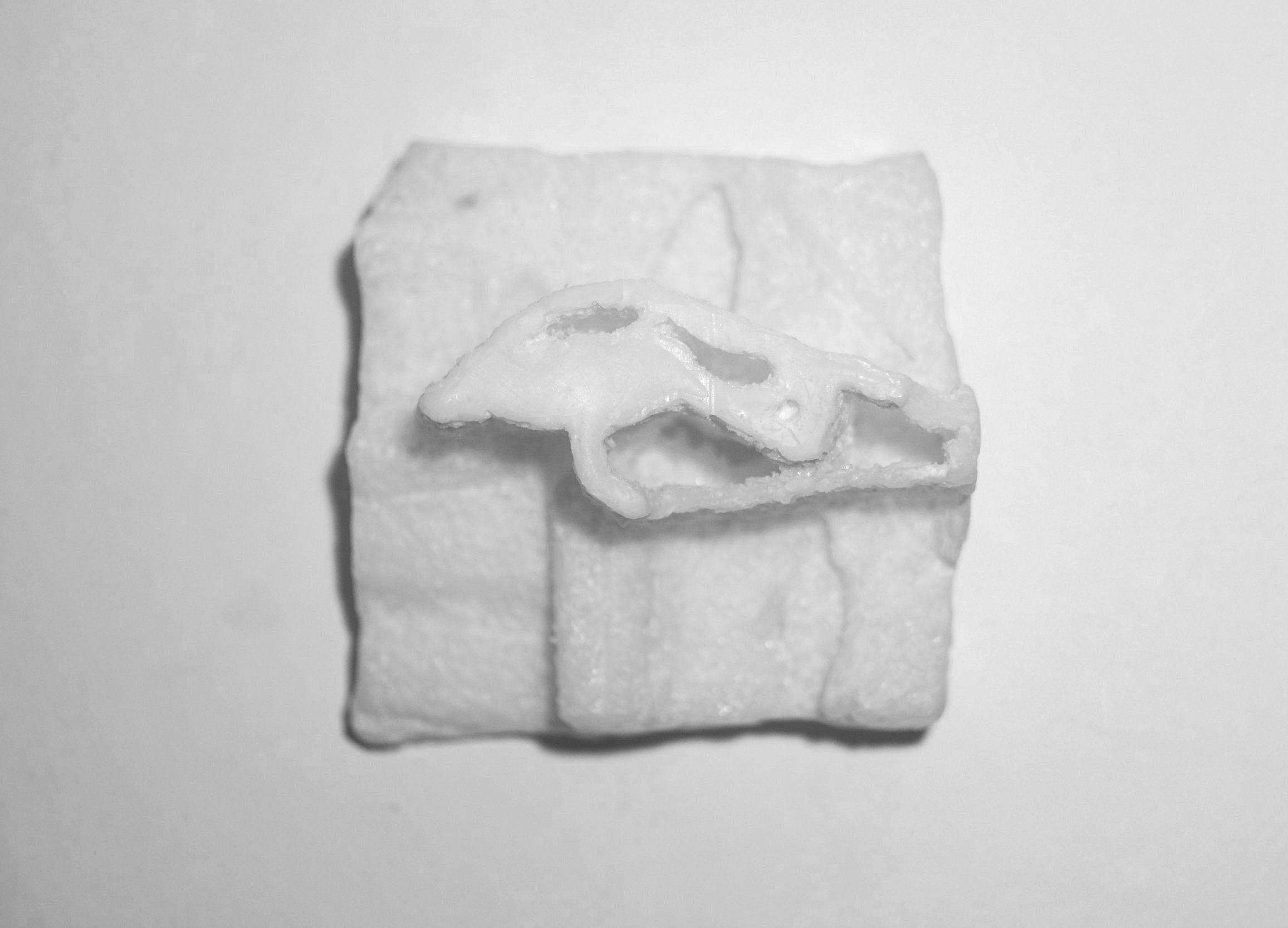
08 2024 - 12 2024
Gaze Path Study using Robot Arm
Independent Research Project
Research Advisors: Yiqing Wang
Collaborators: Manru (Mary) Zhang, Kexin (Cassie) Li
Shape of Perception
Shape of Perception examines the interplay between human spatial perception and technological precision, using gaze-tracking data and a robotic arm to translate visual journeys into abstract physical forms. The project highlights both the universality and individuality of how people perceive and interact with space, revealing how technology can serve as a bridge to uncover deeper cognitive and social insights.
This project draws on the intricate relationship between mechanical processes and human visual cognition. By analyzing gaze patterns, it seeks to understand how individuals perceive and prioritize elements within a space, reflecting subconscious decision-making and spatial awareness. The foundation of the project lies in the principle that the brain’s control over eye movements guides observation and encodes underlying cognitive and spatial intentions, providing a unique lens into how we interact with and interpret our surroundings.
The process involves multiple stages: gaze-tracking data is extracted from participants and computationally cleaned to refine and simplify the visual paths. These cleaned paths are then translated into physical form using a robotic arm to carve them into a foam cube. This step reinterprets spatial and dimensional relationships, transforming intangible visual journeys into tactile representations. The final carved forms are cast in wax, producing permanent sculptures that capture the flow, focus, and rhythm of human perception in a new and tangible way.
Through these steps, Shape of Perception transforms fleeting moments of visual interaction into lasting physical objects, offering a compelling exploration of the dynamic between perception, design, and technology. By bridging human cognition and mechanical processes, the project invites reflection on the ways we interpret space and dimension, while also demonstrating the potential of technology to transform abstract data into meaningful, tangible insights.








Research Framework
Workflow Process
Space Selection
Data Processing and Fabrication Pipeline
Gaze Path and Heat Map
Simplified Paths
ToolPath Creation
T is for tolerance of points culled when processing the data points of the gaze path
Controls amount of Green Points (after cull index)
Red Points are total amount of points from gaze path post processing
* T = 80 is chosen as the final curve type to be used as the toolpath which is framed in grey below












